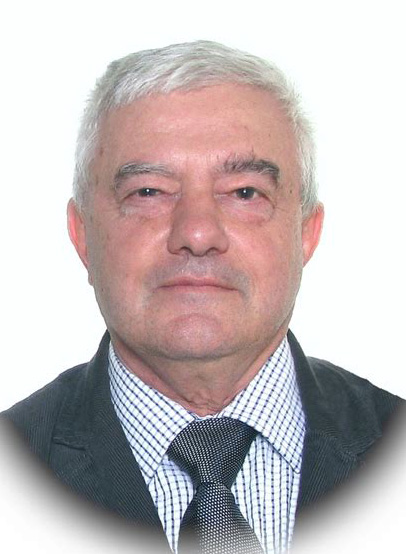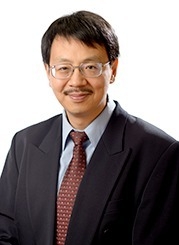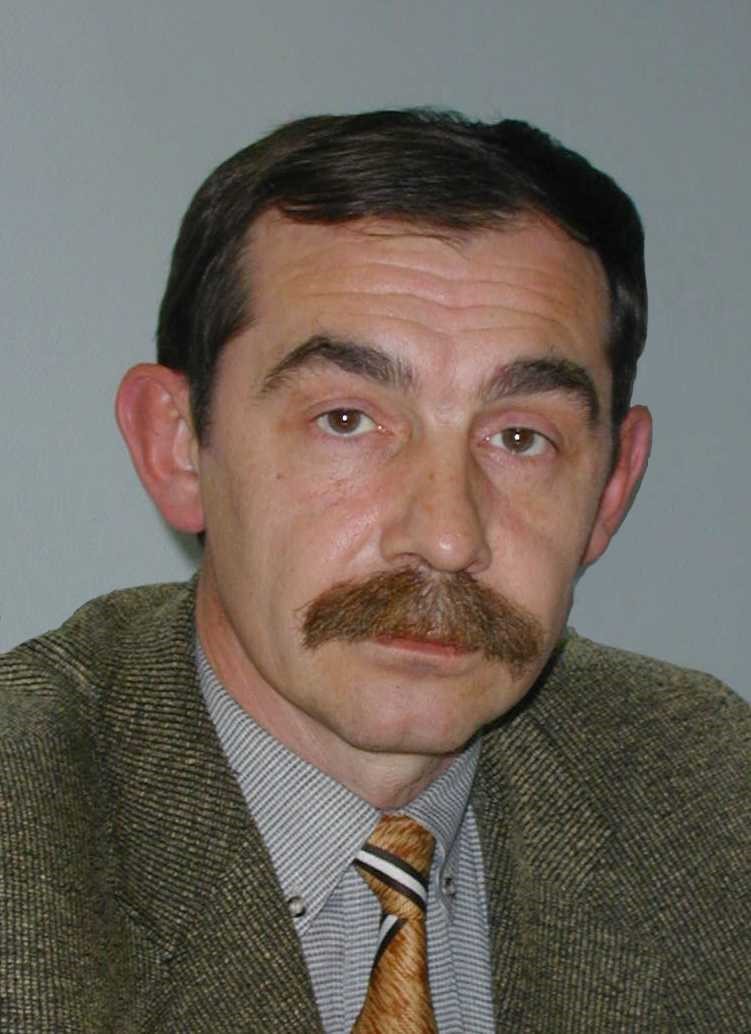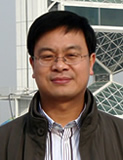
Keynote Lectures
![]()






Prof. Anatoly G. Yagola
Department of Mathematics, Faculty of Physics, Lomonosov Moscow State University, Russia
Lecture Title: A Priori and a Posteriori Error Estimation for Solutions of Ill-posed Problems
Abstract: In order to calculate a priori or a posteriori error estimates for solutions of an ill-posed operator equation with an injective operator we need to describe a set of approximate solutions that contains an exact solution. After that we have to calculate a diameter of this set or maximal distance from a fixed approximate solution to any element of this set. I will describe three approaches for constructing error estimates and also their practical applications.
Prof. Qing Li
School of Aerospace, Mechanical and Mechatronic Engineering, The University of Sydney, Australia
Lecture Title: An Optimization Procedure for Parametric Identification of Complex Structural Systems
Abstract: Determination of structural and material parameters signifies a class of critical problems in engineering, which enables to model complex systems accurately.In this regard, inverse identification techniques are commonly adopted by minimizing the difference of structural responses obtained from the experiments and numerical model. In this paper, an optimization based inverse problem is first constructed by formulatingthe difference between the experimental data and the finite element (FE) modeling responses in terms of these unknown parameters. To overcome the non-uniqueness issue of the parameters identified, various functional constraints are imposed to tighten the designspace. Subsequently, different optimization algorithms are used to solve for the unknown structural and/or material parameters. Finally, the identified parameters are used in the finite element model to validate its effectiveness.
Two demonstrative examples are presented in this paper. The first aims to identify masticatory muscular forces for an oral reconstruction patient. In spite ofcritical importance to co-activation of a set of masticatory muscles contributing on the fundamental oral functions, determination of each muscular force remains fairly challenging in vivo; in which the conventional data available may be inapplicable to thepatients who experience major oral interventions such as maxillofacial reconstruction. To ensure uniqueness, physiological constraints of the muscle forces to be determined are imposed. The identification results shows fairly good agreement with the experimentaldata in vivo. The second example aims to identify cell-wall material properties of closed-cell aluminium (Al) foams. The Vickers nano-indentation tests are conducted to measure the localized material properties for the FE modeling of foam materials. It isfound however, that the indentation load-depth curve is insufficient and leads to an ill-posed problem for fully identifying nonlinear parameters of foam materials. For this reason, additional experimental data, e.g. pile-up of indentation, is required toprovide further information for identification. The determined cell-wall material parameters were then validated by comparing the numerical results with the experimental data in terms of the plastic deformation/failure modes; and excellent agreement is obtained.
The optimization based identification approach is found effective for the complex problems with possible non-uniqueness of the determined parameters. The furtherstudy is required to determine the additional information more efficiently.
[1] Zheng et al (2019) Investigation on masticatory muscular functionality following oral reconstruction – an inverse identification approach. Journal of Biomechanics90, 1-8.
Prof. Igor N. Egorov
IOSO Technology Center, Russia
Lecture Title: IOSO Optimization Technology: Main possibilities and examples usage for real-life problems in different area
Abstract:We present main possibilities of IOSO Optimization Technology:
-IOSO Optimization Technology - what is it?
-Haw work of IOSO Optimization Technology?
-What show comparative analysis IOSO Optimization Technology with different well-known optimization Technology?
-Haw can be use of IOSO Optimization Technology?
-What different well-known software can be integrating with IOSO Optimization Software? - Where IOSO Optimization Technology can be use?
Prof. Daniel Lesnic
Department of Applied Mathematics, University of Leeds, United Kingdom
Lecture Title: Inverse Problems for Degenerate Parabolic Equations
Abstract: We consider solving numerically inverse problems of determining the time-dependent thermal conductivity coefficient for a weakly degenerate heat equation, which vanishes at the initial moment of time, and/or the convection coefficient along with the temperature for a one dimensional parabolic equation, from some additional information about the process (the so-called over determination conditions). Although uniquely solvable these inverse problems are still ill-posed since small changes in the input data can result in enormous changes in the output solution. The Crank-Nicolson finite difference method combined with the Tikhonov regularization are employed in order to obtain accurate and stable numerical solutions. The resulting nonlinear minimization problem is computationally solved using the MATLAB toolbox routine lsqnonlin.
Prof. Gyung-Jin Park
Department of Mechanical Design and Production Engineering, College of Engineering, Hanyang University, South Korea
Lecture Title: Nonlinear Static/Dynamic Response Structural Optimization
Abstract: Linear static response structural response has been developed quite well by using the finite element method for linear static analysis. However, development is extremely slow for structural optimization where a non linear static analysis technique is required. Optimization methods using equivalent static loads (ESLs) have been proposed to solve various structural optimization disciplines. The disciplines include linear dynamic response optimization, structural optimization for multi-body dynamic systems, structural optimization for flexible multi-body dynamic systems, nonlinear static response optimization and nonlinear dynamic response optimization. The ESL is defined as the static load that generates the same displacement field by an analysis which is not linear static. An analysis that is not linear static is carried out to evaluate the displacement field. ESLs are evaluated from the displacement field, linear static response optimization is performed by using the ESLs, and the design is updated. This process proceeds in a cyclic manner. The method is named as Equivalent Static Loads method for non linear static response Structural Optimization (ESLSO or ESLM).
Out of various methods of ESLM, nonlinear static/dynamic response optimization is introduced. Nonlinear static/dynamic response analysis is carried out by a commercial system such as LS/DYNA, the ESLs are generated and linear static optimization is performed by a commercial optimization system. The interface module for the software systems is developed. Size and shape optimizations as well as topology optimization are demonstrated by using examples. The installation status of the method in the commercial software systems is shown and the future direction of the method is discussed.
Prof. Yanfei Wang
Institute of Geology and Geophysics, Chinese Academy of Sciences, China
Lecture Title: Sparse Regularization and Optimization Methods for Seismic Data Processing and Imaging
Abstract: We address two main problems in seismic data processing: the first is the compressive seismic acquisition and multi-trace seismic wavefield recovery. This is an ill-posed problem in seismic image processing partly due to limitations of the observations usually yielding incomplete data. To take account of the collective correlation from a given set of seismic samples as well as each individual, a matrix minimization model is presented to jointly representing all the testing samples over the coding bases simultaneously. A generalized matrix norm $l_{2,p} (0<p\leq 1)$ is employed to measure the interrelation of the multiple samples and the entries of each one. Algorithm is developed and the convergence analysis is demonstrated for the range of parameters p\in (0,1]$. The second problem is the seismic imaging. Main techniques are wave-based migration and ray-based migration. We consider seismic migration sing sparse Gaussian beams. Extensive experimental tests are performed to exhibit the efficient performance of the developed methods.